
5 Traditional Crafts from Tohoku That Japan Boasts to The World
There are plenty of traditional crafts from Tohoku that have become representative of Japan, including iron utensils called "nanbu tekki" and "magewappa" wooden crafts. Here is some information for you to know about particularly recommended items.
This post may contain affiliate links. If you buy through them, we may earn a commission at no additional cost to you.
1. Nanbu Tekki
This is a traditional craft from Iwate in which kitchen utensils are made from iron. The charm of using pure iron is simply that it\'s good for you. If you use a nanbu tekki, some iron will melt into the food and liquid you use that water for, and not only is it easy to use but it\'s a simple way for people to add iron into their diets since modern lifestyles have made many people iron-deficient. It\'s also popular because it\'s easy to clean if it gets burned, it cools down 1.5x slower than aluminum kettles, and it can be used on an induction cooker. It\'s a traditional craft which was created in the 1600s and has been handed down to the modern area. Please pick one up when you\'re in Iwate so you can experience first-hand the quality of this item that has caused it to be beloved for more than 400 years.
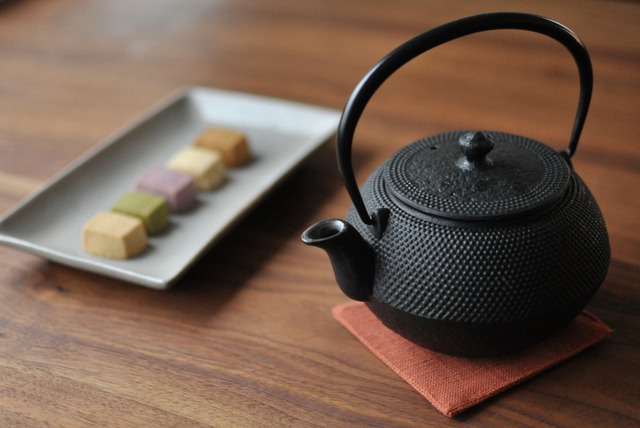
2. Magewappa
This is a traditional craft representative of Akita. "Magewappa" refers to a container made of a single piece of thin wood, usually Akita cypress, bent into a round or oval shape and fitted with a bottom. Its main characteristic is its antibacterial properties. Akita cypress is antibacterial, and if you put food in a magewappa container and leave it out for a day and night, it most likely won\'t go bad, which makes it prized as a bento container. Akita cypress is very light, so it\'s easy to carry. Magewappa are created entirely by craftsmen, and even though it has a simple, standard design, there are magewappa decorated with lacquer or made with other designs. If you visit Akita, please look for one to take home.
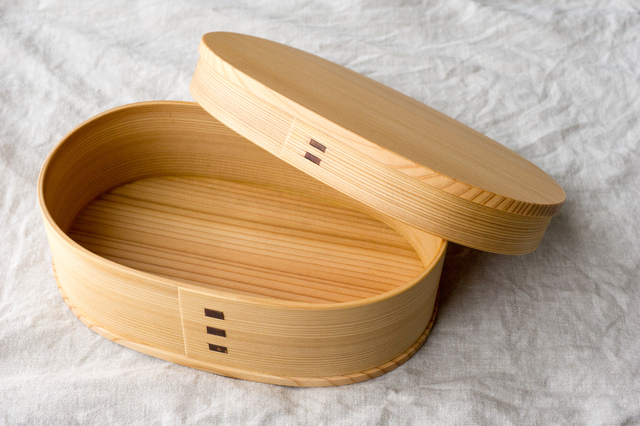
3. Nanbu Sakiori
This is a traditional craft from Aomori. It\'s a textile that was created made out of recycled kimono from the 1600s to the 1800s since fabric was precious at the time. Unneeded cloth was turned into thread and used as the weft, then matched with the warp to create a piece of nanbu sakiori fabric. Since it\'s a textile made out of pieces of fabric that were cut randomly, each textile has its own unique feel, and it creates a complicated, interesting pattern. Also, since it uses a number of fabrics, the resulting textile is strong and warm. The more you use it, the softer it gets. A wide number of items are made using nanbu sakiori fabric, including tote bags, book covers, pencil cases, and more. Why not pick up one of these economically-friendly, beautiful and modern Japanese traditional craft pieces when you\'re in Aomori?
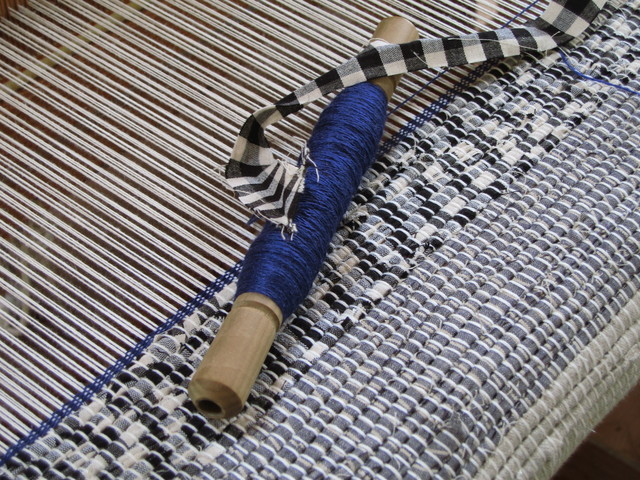
4. Kokeshi
This is a wooden toy that was created and developed in Tohoku. There are about 11 types throughout the 6 prefectures, and Miyagi has the most variations. Naruko, Miyagi, is the town that makes the most kokeshi in Tohoku. The unique characteristic of Naruko kokeshi is the sound. If you twist their neck, it makes a squeaky sound due to the unique way it\'s made. The large head, the fat, stable body, and the colorful patterns painted on it will brighten the hearts of those looking at it. The current kokeshi shape was perfected between 1716 - 1735, and the faces painted on the kokeshi are passed down from teacher to student. Consider picking up a Naruko kokeshi to experience the roughly 300 years of history passed down from craftsman to craftsman held in a particular kokeshi\'s expression.
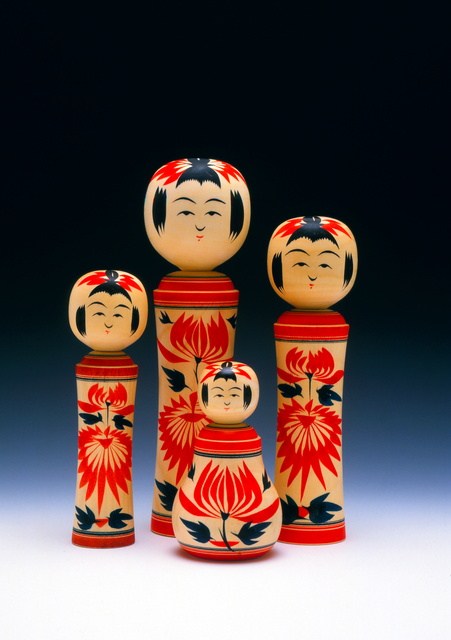
5. Aizu Lacquerware
This is a traditional craft from Fukushima. It uses many lucky Japanese motifs to create an enjoyable, colorful design, such as the trio of pine tree, bamboo, and plum; the crane and turtle; or the phoenix. The piece in the photo is made with a technique called "shumigaki" which was created in 1904. This technique involves sprinkling vermilion powder over the lacquer, drying it, then polishing it. It\'s registered as a national traditional craft, and each process has a specialty craftsman protecting the techniques and the beauty of the craft. The characteristics of Aizu lacquerware are that it doesn\'t stain from water easily, and it\'s strong against hot water, acids, and alkalis. It\'s made of strong materials yet is elegant and shiny. Aizu lacquerware is made with techniques other than shumigaki, such as "amie," which creates a net-like pattern on black lacquer using red lacquer. If you visit Fukushima, please discover the beauty of all of the different techniques yourself.
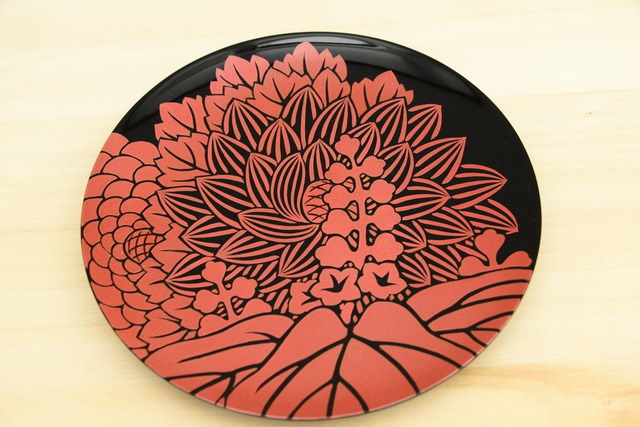
Did you find any traditional Tohoku crafts that piqued your fancy? Please try to pick up what you like on your visits to Tohoku!
The information in this article is accurate at the time of publication.




